When we ask people about what lens to get for landscape photography, we often get advised to get a wide-angle lens. But how wide do you need these lenses to be?
Alright so let's talk about lenses. Don't focus on the brand but rather, pay attention to the focal lengths that we'll cover. We won't talk about sensor sizes so let's assume you have a full frame camera and there's no math involved.
If you're new to landscape photography, and you've done your homework, I'm sure you've asked around and chances are people have told you almost the same thing: "Get a wide-angle lens."
But how wide is "wide?"
There's definitely no right or wrong answer but rather, there is a concept that you must understand. The type of lens you should get should serve a purpose or an intent from you as its user. In other words, you should first try to understand what type of images you like to see and would like to produce. It's very easy to dismiss the argument by telling you to buy a 16-35 or 12-24 wide-angle zoom lens and be done with it, but that defeats the purpose of this article.
To give more context, let's evaluate your affinity to the next set of images. These images are shot at different focal lengths and can help identify what images speak to you.
Here's the first set of photos:

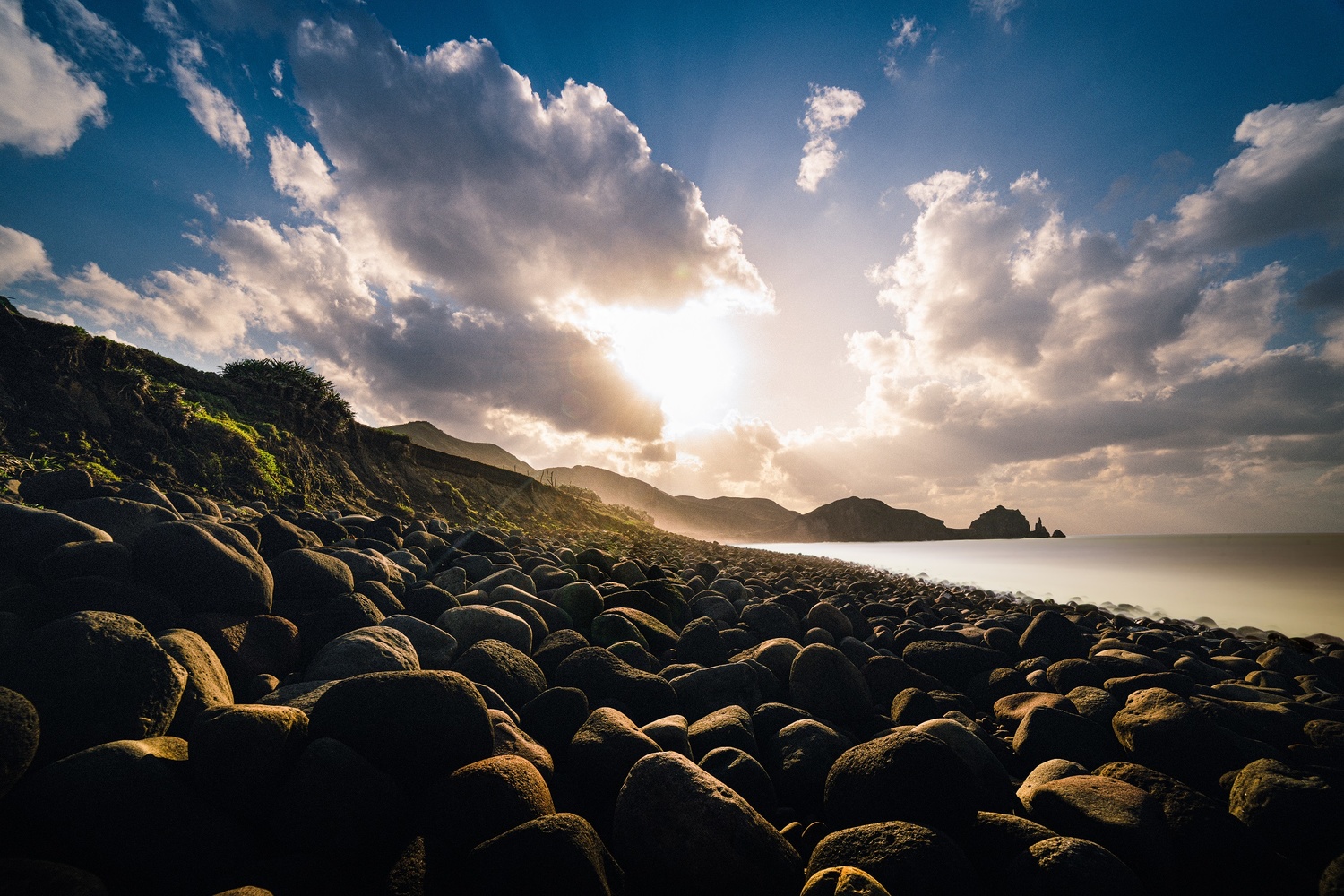
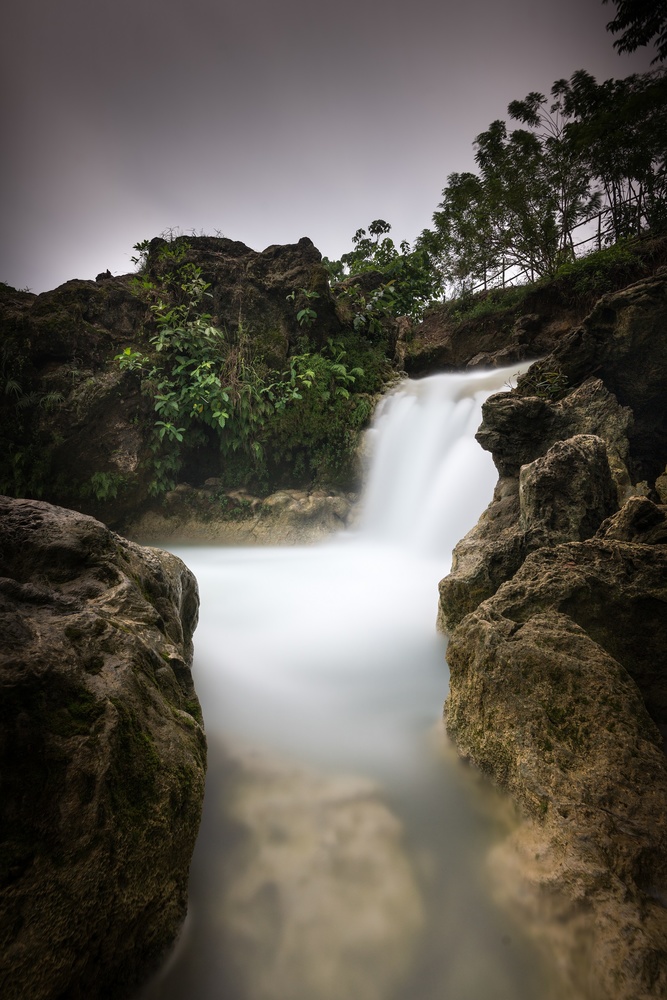
Let's refer to that set as Set A. Here's the second set of photos:
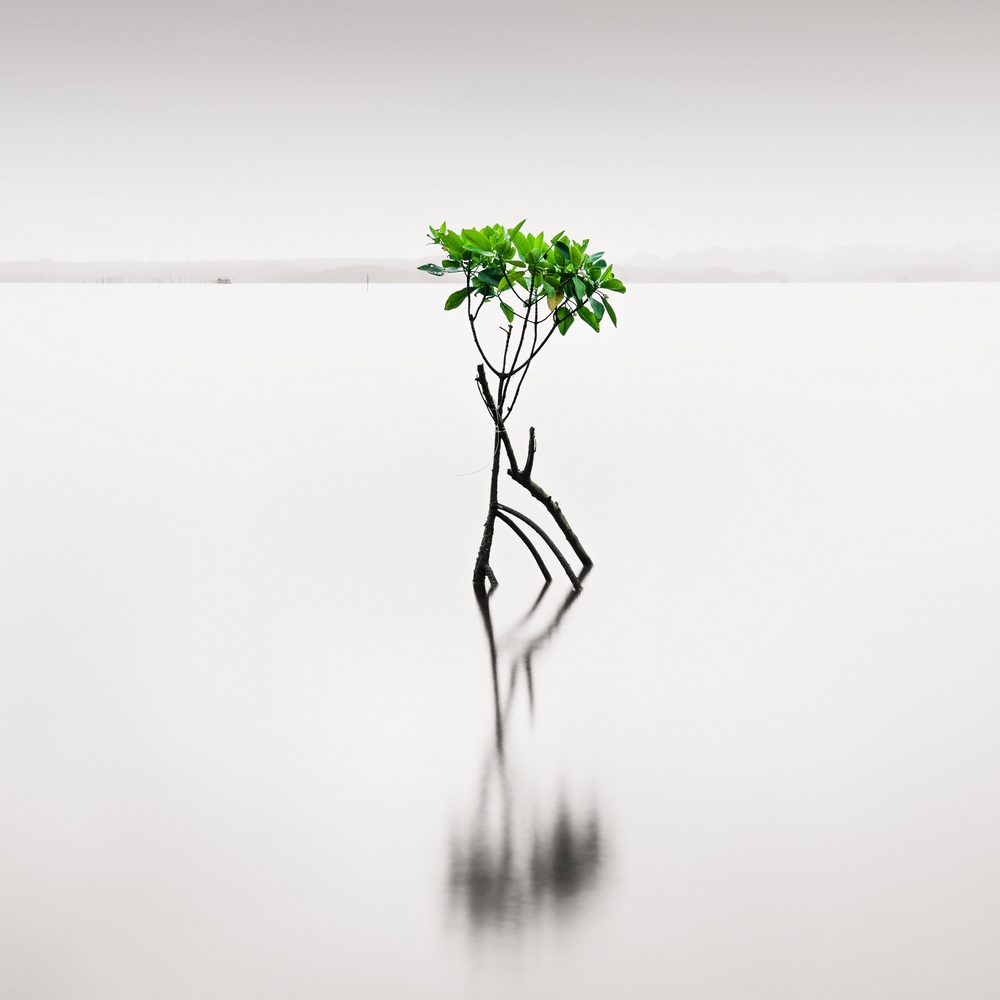


Let's refer to them as Set B.
For more context, Set A was taken with an ultra-wide-angle lens and taken around 14mm-20mm. Ultra-wide-angle lenses are typically lenses below 24mm. If you notice, the first set of images, they have a wider field of view and there are more elements to see around the image that help lead the eyes to the subject.
Set B, on the other hand, was shot with a wide-angle lens, meaning focal lengths that are less than 40-58mm. The images were shot with focal lengths ranging from 24mm to 36mm and have a tighter field of view compared to their ultra-wide-angle cousins that minimize the view of the artifacts around the subject and make it appear much closer to the viewer.
Don't get confused with wide and ultra-wide. In general, any focal length below 40mm is considered wide-angle. The naming convention isn't a hard rule but just helps categorize lens types further.
Alright, so what if you liked Set A more than Set B? That tells us that you have an eye that appreciates a greater field of view. You like seeing the majesty of the image, making it appear much more out of reach, and you appreciate the sight of a good foreground. If this is your profile, then an ultra-wide-angle lens is for you.
You will notice that these shots have a wider field of view, and make use of foreground elements to set up the subject. Generally, that's how landscape photographers use ultra-wide-angle lenses. Put a good foreground, or aim at some leading lines, then present the subject in the background.
That's also one way of composing a shot. Keep in mind that this photo can't be achieved using a 50mm lens because that focal length provides a tighter field of view, and isolates the middle of the frame than accentuate the surrounding areas of the photo. This means that gear you have plays a huge role in helping you get your desired output.
But what if you liked Set B more than the first set?
That means you're okay with using just a wide angle lens. You aren't as fond of using foreground and leading lines to frame your subject. If you notice, the subjects in set B are usually in the middle of the photo or within the rule of thirds, and the surrounding areas of the photo are negligible. The viewer is being invited to focus on the subject that sits in the middle part of the photo. This is usually the focal length I use when creating minimalist shots as I can lead the eye to the subject by using negative space around the photo.
Here's an image taken with a 14mm lens:
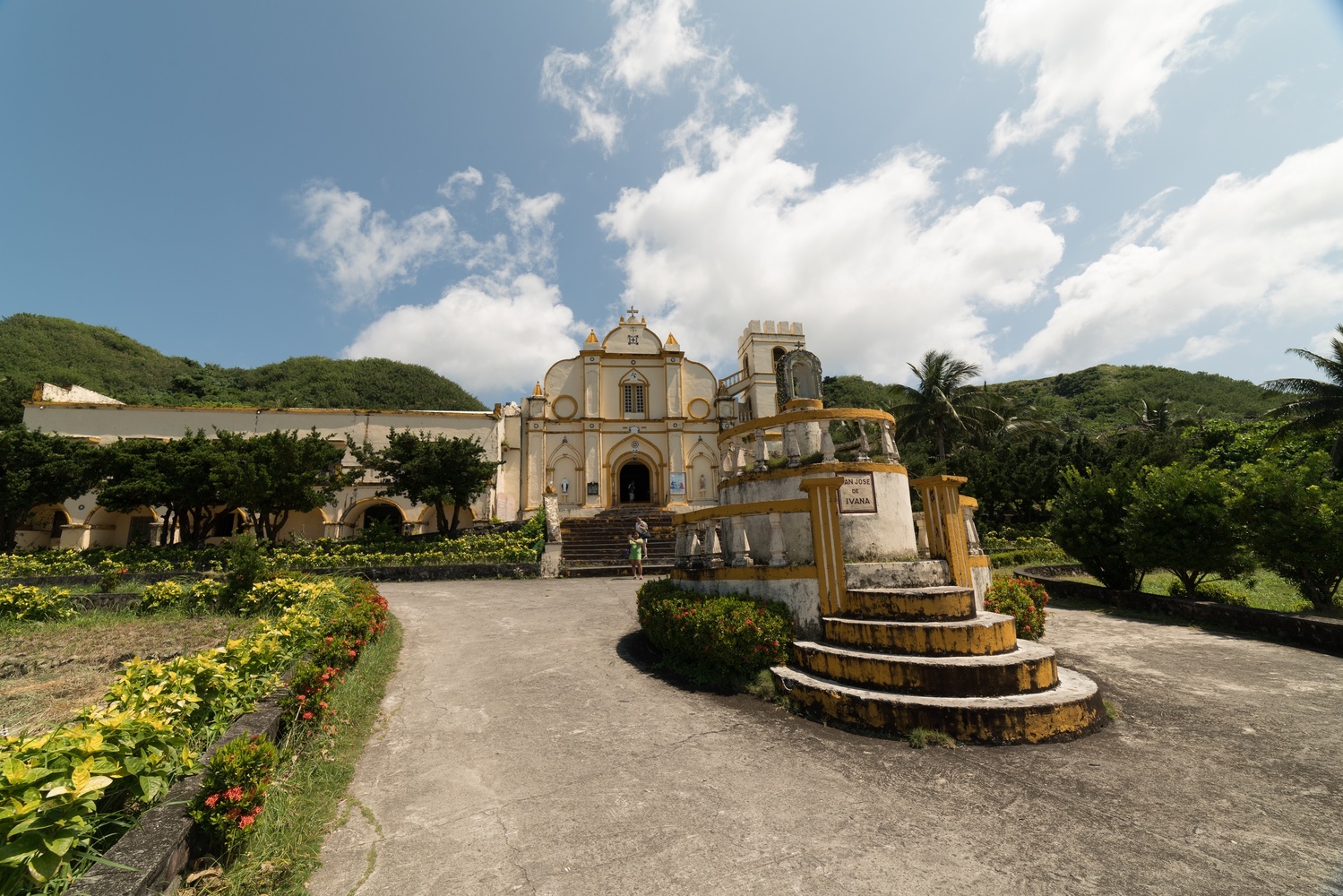
Image in RAW
And here's the image at the same location taken with a 35mm lens:

RAW image
See the difference? The ultra-wide shot gives you more field of view, therefore providing the viewer more things to look at, versus a wide-angle lens, where the same photo won't be as enticing to look at.
The type of lens should always depend on your intended output. This doesn't mean that you can't use an ultra-wide lens to shoot something that sits in the middle of the frame or use wide-angle lenses with foreground elements. Both can still work, but each lens becomes more effective at doing its jobs when used properly with an output in mind.
Personally, I use a 16-35 zoom lens which I use for scenes that require a wider field of view or a scene where I can take advantage of a good foreground or leading lines. I use the 24-105 lens for all other shots where the subject does not require much introduction using any leading lines or foreground elements and can stand on its own in the middle of the image.
To save some space on travels, I usually just bring only the 24-105 on shoots that require long walks or some drenching because I rarely take shots that use foreground elements or leading lines. Since I know my eyes are more attracted to subjects I can frame in the middle, and I don't use much of the surrounding elements to frame my scene.
As a beginner, it's important to know what shots look attractive to you. Generally, prime lenses are cheaper than zoom lenses, but there are now many affordable zoom lenses in the market. Zoom lenses also provide some versatility in covering different focal ranges. If you're still at the stage where you're trying to find what works for you, get a zoom lens that covers both focal ranges and experiment with your shots. You'll quickly figure out what shots you like, and start from there.
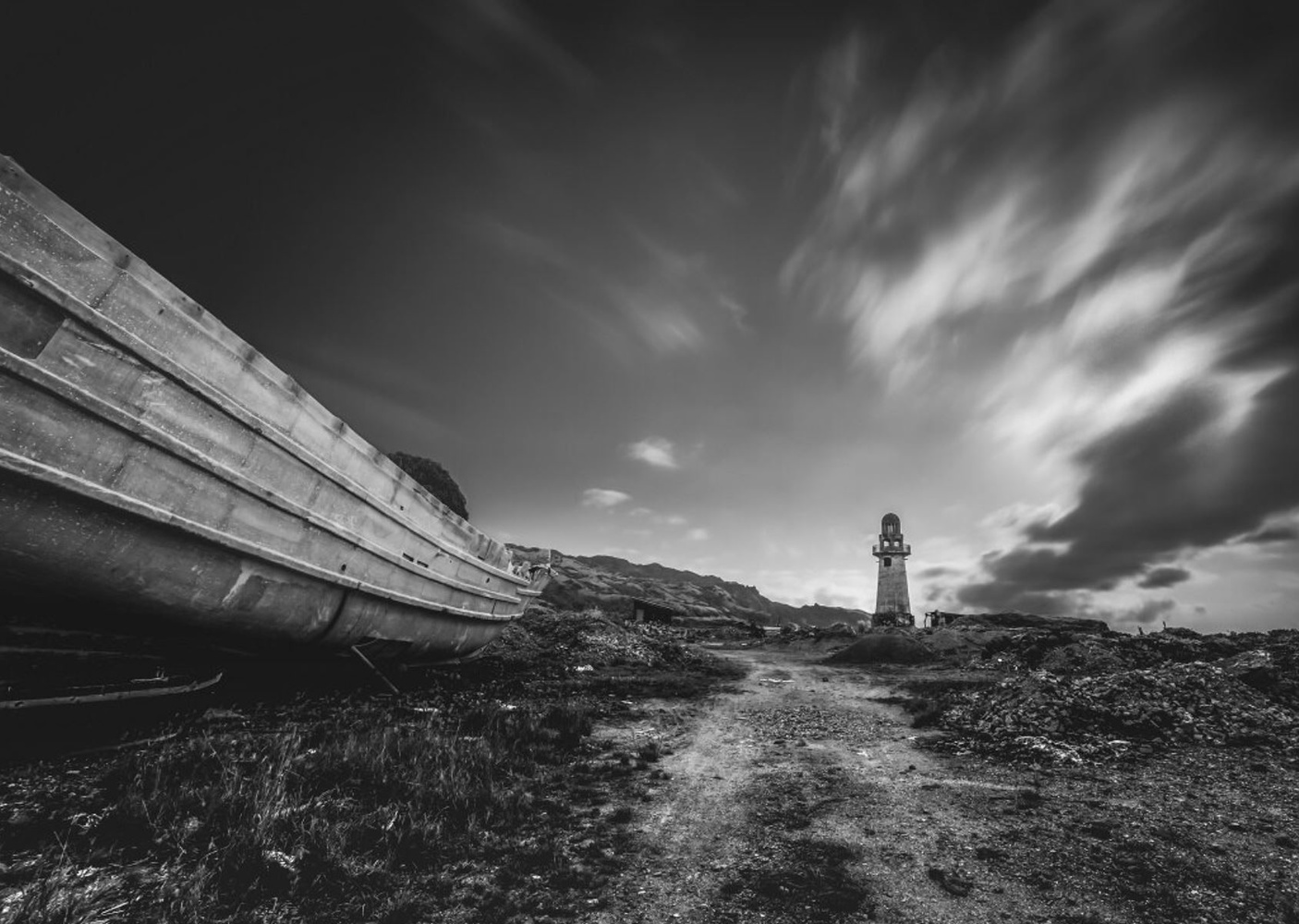









Great article. For ultra wides subject close with wide background! I started with the ultra wide 16-35 when doing Milky Way capture and wanted a smaller Galactic Center and longer snake across the sky BUT wanted to have a subject in the foreground. Nice I could have a tall driftwood tree and only a few yards away getting a lot of sky.12mm f/4 was even better then a 10mm f/5.6. One thing while low in the sky from Feb.to Jul. the GC is big at the right BUT when vertical and centered is so small. Also when low stars will trail inward at the sides even at fast SS due to stretching called Pincushion, this is eliminated when doing a pano with a super ultra wide 12mm, get to take fewer frames. For inside shots beware of lights, fans etc. above they will twist around, best to do a pano indoors with a 50mm. I found the 12mm great for run and gun in the Grand Canyon was the same as a pano across the same place but a pano with a 50mm has more detail. But for the dynamic range and colors need a 5 @ +/- 2ev so the wide wins out for what the eye sees at sunrise or set. A 10mm works at Horseshoe Canyon so you do not stand at the very edge doing a pano in the wind, scary!! Finally the 12 to 35mm get an image in 3:2 ratio in one shot. I now enjoy Milky Way panos for the rainbow or overhead horizon to horizon.
Hi Edwin! Interesting insights. I have never seen such detailed account of shooting within these lenses. I really appreciate it. It's something new to add to my knowledge.
I was going to ask, even before you mentioned multiple shots at wide angle. I do the same, but not at ultra wide levels like you did. I was wondering, how do you shoot these images? How many shots? And how long do you usually expose, say for the 1st and 2nd photo of the astro shots.
I would love to hear more from you!
I’m on APS-C so I have a 10-24 and 16-55 I’m my bag, lately I’ve found I’m just dialling back to 16 on the standard lens and leaving it there. I would love to get more UWA shots though so my mission this year is to start using the 10-24 more and to learn how to use it properly for composition of foreground interest., Here are 2 shots of my local city, one at 16, the other at 13 with some heavy distortion correction applied.
Fantastic! The shots look really awesome. What's the focal length used on the second shot? It looks magical.
Hi Marvin, thanks for the kind words. It was just over 13mm on the Fujifilm XF10-24 lens, I then had to heavily correct distortion using the keystone tool in Capture One, but I accounted for that whilst shooting as I knew it would be impossible to keep the huge cathedral straight.
Great work, man! The processing is also spot on.
Thanks Marvin, Touche on your's too.
Thank you Stuart!